
from Men's Gear


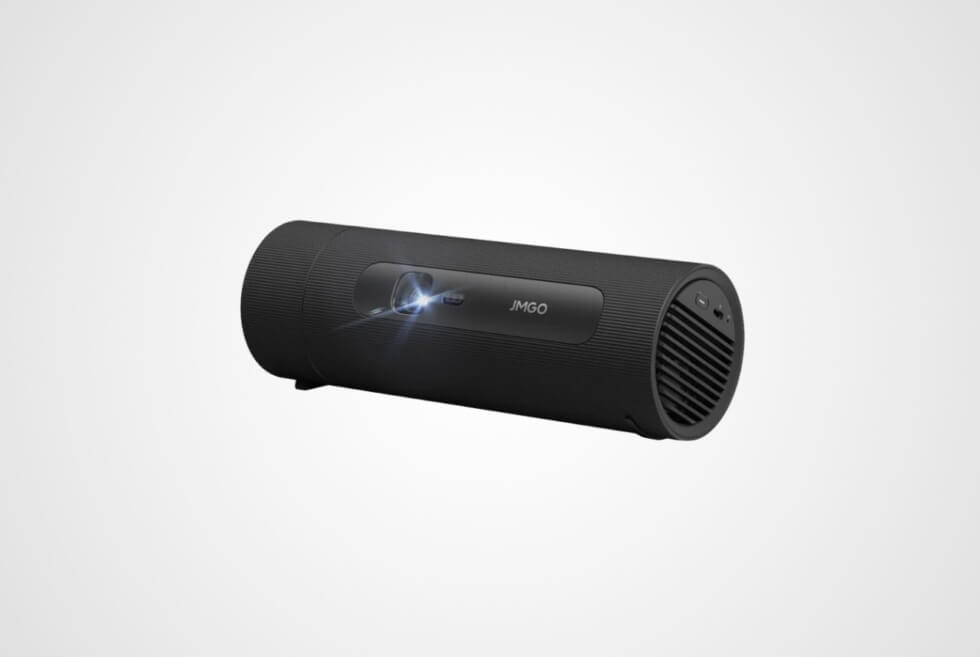


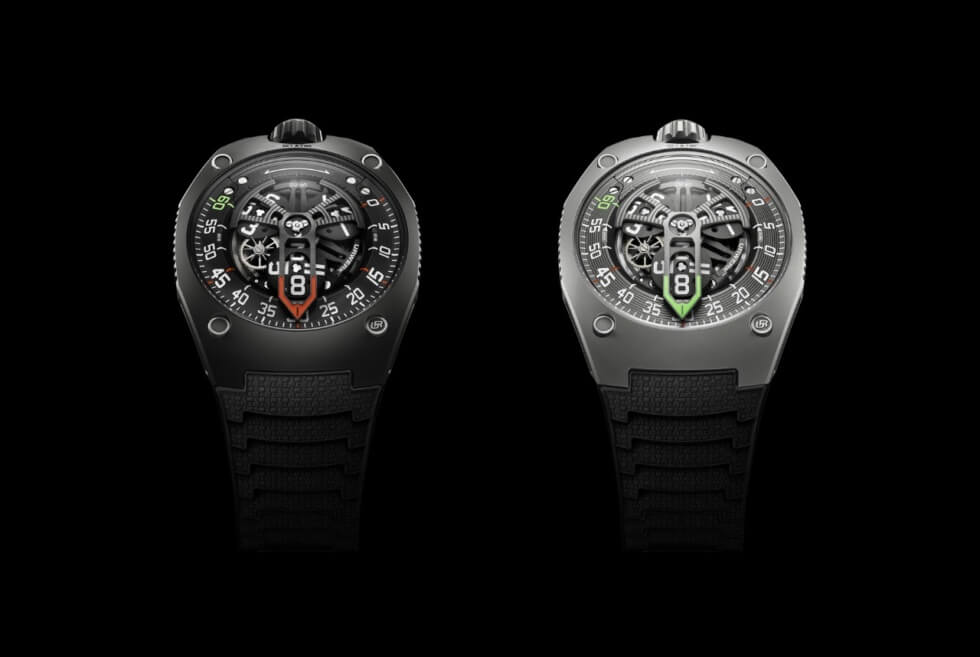

If there is a simple watch that encompasses the purpose of the Legacy issue of WOW, it is a DOXA diver, like the SUB 300T Aristera here. Not only is it evocative of a very specific period in the history of watchmaking, DOXA itself is what is known as a legacy Swiss watchmaker. Named “Aristera,” the Greek word for “left,” the SUB 300T Aristera model signifies DOXA’s first foray into left-handed dive watches, with the crown positioned at 9 o’clock for those who prefer wearing their watches on the right wrist. This name resonates with DOXA’s own Greek etymology, where “doxa” means “glory,” linking tradition and excellence in a timepiece built for modern-day adventurers.
The simple story here is that although DOXA is known today primarily for dive watches, it was founded long before such watches were possible – back in 1889, the sports watch was not a thing, and time was still confined to the pockets of men. Founder Georges Ducommun could scarcely have imagined the development of tool and sports watches, and that his brand would have created one of the most powerful visions of the dive watch in the 1960s.

We hope there will be time to get into the backstory of DOXA at some point, going beyond the dive watch. For this story, we must necessarily skimp on the narrative in favour of the details about the SUB 300T Aristera because the watch demands attention that goes further than its orange dial. To begin with, orange is inextricably linked with DOXA dive watches as that was how the brand took the plunge in the 1960s. It is no exaggeration to say that this was the most distinctive dive watch in the world from the get-go; the SUB 300T in particular debuted in 1968.

In 2024, DOXA brings this heritage to the fore with its first dive watch made for left-handers (otherwise known as people who prefer to wear their watches on their right wrists). Yes, this is the first automatic DOXA with the crown shifted to 9 o’clock rather than the traditional 3 o’clock. Somewhat unusually, DOXA made this lefty without resorting to moving the date window to 9 o’clock too. According to the press release, the brand managed this by rotating the movement powering the watch by 180 degrees. Such a change, while seemingly simple, still requires rigourous tests. On that note, that movement is the Sellita SW 200- 1, with an escapement beating at 28,000 vph and a power reserve rated at 38 hours.

Importantly, the SUB 300T Aristera is in every way a paragon of the DOXA dive watch, being cased in 316L steel, with a unidirectional rotating bezel to time dives, a helium release valve, and a superlative water-resistance rating (1,200 metres). The distinctive case shape remains, as you can see, and the bezel insert is still in aluminium. To aid in keeping the time visible in low-light settings, Super-Luminova is deployed on the hands and hour markers of the 42.5mm watch. The watch comes with both a beads-of-rice steel bracelet and a NATO strap, both of which can accommodate professional use, as one would expect of DOXA. The bracelet has an expandable folding clasp while the fabric strap uses the classic and flexible pin buckle. You could not ask for more in a dive watch, especially in the accessible segment.

Limited to 300 pieces worldwide, the SUB 300T Aristera is now available at DOXA retailers and on the official DOXA website retailing for CHF 2,290, EUR 2,490 and USD 2,490.00 USD
For more on the latest in watch reads, click here.
The post DOXA SUB 300T Aristera: A Legendary Dive Watch Reinvented for Left-Handers appeared first on LUXUO.
The luxury watch industry has increasingly embraced the allure of ultra-black designs, especially in the realm of dials. This trend towards minimalism and stealth is not just a stylistic choice; it signifies a broader evolution in watchmaking, showcasing technical prowess and a fascination with innovation. From models like A. Lange & Söhne’s LANGE 1 to contemporary pieces from brands such as Hublot and Bell & Ross, the appeal of ultra-black watches lies in their ability to combine subtlety with sophistication and functionality, to deliver timepieces that are both striking and enduring.

The LANGE 1 exemplifies the core values of A. Lange & Söhne with its unique design, sophisticated movement, and artisanal craftsmanship. To celebrate its anniversary, the brand has introduced two new limited editions of the LANGE 1, each restricted to 300 pieces. One of which is crafted in 950 platinum with a striking black onyx dial, marking the first time this rare gemstone has been used in a LANGE 1 watch with its captivating jet-black shimmering surface.
The dial design contributes to the LANGE 1’s harmonious aesthetic, featuring Roman numerals and lancet-shaped appliqués. The hour and minute displays are positioned on the left, while the outsize date, power-reserve indicator, and subsidiary seconds dial are aligned on the right, following an imaginary vertical axis. The dimensions of these elements adhere to the principles of the golden ratio, ensuring an enduring visual balance that remains relevant three decades after its introduction.


The Hublot Big Bang Original Black Magic watch features a case referenced as 301.CM.130.RX, measuring 44 mm in size. It is crafted from satin-finished and polished black ceramic, giving it a sleek and modern appearance. The bezel is made from vertical satin-finished black ceramic and is secured with six H-shaped titanium screws, enhancing both durability and style. The dial showcases a striking carbon fiber design, adding an element of sophistication to the watch. At its heart lies the HUB4100 self-winding chronograph movement, which boasts a power reserve of 42 hours for reliable performance.
This timepiece is water-resistant up to 100 meters, or 10 ATM, making it suitable for a variety of aquatic activities. The crystal is made from sapphire and includes an anti-reflective treatment to ensure clarity and visibility under various lighting conditions. For comfort and versatility, the watch is equipped with black structured rubber straps, complemented by a microblasted black ceramic and black-plated stainless steel deployant buckle clasp, ensuring a secure and stylish fit on the wrist.

Since its debut in 1975, the Laureato has beautifully blended contrasting elements. The Laureato Absolute Light & Shade is encased in metallised sapphire crystal, seamlessly combining curves and lines, modernity and tradition, as well as aesthetics and functionality.
The in-house movement, the Calibre GP01800-1143, features an octagonal mainplate, paying homage to the iconic bezel of the Laureato. This skeletonised movement showcases a stunning array of components that are typically concealed, offering a captivating view of its intricate curves and lines, enhanced by interplay of light and shadow. It includes a variable-inertia balance, where the hairspring length remains constant while the inertia weights on the balance wheel spokes can be adjusted to alter the rate, providing improved stability and shock resistance. The openworked gold oscillating weight invites wearers to appreciate the beautifully finished bridges beneath it. True to Girard-Perregaux’s commitment to exquisite craftsmanship, the NAC-treated bridges and mainplate feature a combination of sandblasting, traits-tirés, circular satin finishing, and bevelling, complete with 55 hand-polished inner angles.



The Independence Skeleton Chrono is powered by the NORQAIN 8K Manufacture Calibre, an exclusive high-performance skeletonised flyback chronograph movement inspired by the world’s highest mountains. This model is the first chronograph in the Independence collection. Initially, only 300 8K Calibres have been commissioned for the Independence Skeleton Chrono Steel, with a second batch expected in time for Watches and Wonders Geneva 2025.
The satin-finished skeletonized black dial exudes sophistication, complemented by a white minute scale on a black outer ring. Black counters at the 6 and 12 o’clock positions add depth to the design, while the white NORQAIN logo stands out against the dark backdrop. The diamond-cut flat indexes are gold-plated and filled with white Super-LumiNova®, ensuring visibility in low light. The hour and minute hands are diamond-cut, faceted, gold-plated, and similarly filled with white Super-LumiNova®. Additionally, the black-plated diamond-cut central chronograph hand and gold-plated small counter hands enhance the watch’s elegant appearance. The timepiece is presented with an integrated black rubber strap featuring a “Milanese” pattern and secured with a stainless steel pin buckle. Alternatively, it can be fitted with an integrated 316L stainless steel bracelet, complete with a folding clasp and quick micro-adjustment for optimal comfort.

A joint venture saw the BR 03-94 BLACKTRACK chronograph from Bell & Ross pair perfectly with the Blacktrack BT-06 motorcycle, co-imagined by designer Sacha Lakic and Bell & Ross in October 2023. More than just a collaboration, it’s the extension of a unique machine into a new Bell & Ross instrument watch. For its new instrument watch, Bell & Ross returns to its love for motorcycles and continues with an exploration of dynamic shapes. Inspired by the avant-garde lines of stealth aircraft, the new BR 03-94 BLACKTRACK chronograph watch is the perfect match for the Blacktrack BT-06 motorcycle, created jointly by Sacha Lakic and the watch brand’s designers.
Once again, the iconic Bell & Ross design is manifested in a surprising way with the new BR 03-94 BLACKTRACK chronograph, featuring a 42mm case in matte black ceramic that is water-resistant to 100 metres. Its appearance is still inspired by the world of aeronautics. This creative source can also be found in some elements of the design of the Blacktrack BT-06 motorcycle, whose faceted angles are a direct reference to the technical design of stealth aircraft. Bikers will notice the motor-inspired black calfskin strap right away, hemmed with a red edge and lined with high-resistance technical material. The strap closes with a steel pin buckle with black PVD coating, while the quilting on the strap itself is a nod to the motorbike saddle covers and rider’s suits.


TUDOR’s Black Bay Ceramic model is a remarkable timepiece that exemplifies the brand’s technical prowess and commitment to innovation. This exceptional watch features a matte black ceramic case, complemented by a Manufacture Calibre and a Master Chronometer certification from METAS, underscoring its precision and reliability.
The design of the Black Bay Ceramic showcases a modern aesthetic with its monobloc case, meticulously crafted from sand-blasted matte black ceramic that enhances durability while offering a sleek, high-tech appearance. The case’s bevelled edges are mirror-polished, creating a striking contrast against the matte surfaces and accentuating the watch’s bold lines. Additionally, the rotating bezel insert is crafted from black ceramic with a sunray satin finish, further emphasizing the luxurious feel of the piece while providing a subtle sheen that catches the light beautifully. The use of black throughout the watch not only contributes to its sophisticated look but also reinforces TUDOR’s dedication to contemporary design and craftsmanship.

The CHRONOMASTER Revival Shadow draws inspiration from a little-known Zenith chronograph prototype from the 1970s, which showcased a distinctive blackened case. This modern interpretation replicates that stealthy aesthetic with a fully matte titanium case, enhancing its contemporary appeal while maintaining a nod to its vintage roots. The dial features a striking combination of black and grey hues, deliberately omitting the seconds track and date window, which is an unusual choice for an El Primero watch, further contributing to its minimalist charm.
The choice of matte black not only creates a sleek and modern look but also serves to emphasize the watch’s technical sophistication. The subdued finish helps to draw attention to the intricacies of the dial’s design, allowing the unique textures and details to shine through without distraction. The watch is completed with a black strap that mimics the appearance of cordura fabric, adding an element of rugged elegance and ensuring a comfortable fit on the wrist.


It was the adventures and the accomplishments of the Apollo 8 astronauts that inspired the all-black, ceramic Speedmaster Dark Side of the Moon, but it is the mystique of the Earth’s nightlight and its ever-changing yet constant presence that has spurred the creation of the Speedmaster Dark Side of the Moon “Black Black”. This 44.25 mm model has a polished and brushed black ceramic casebody, a matt black ceramic dial and a black ceramic clasp on a black coated nylon fabric strap.
Giving this model its nickname are its brushed blackened Moonwatch-style hands and blackened applied indexes – all of which are coated with black Super-LumiNova. The familiar sub-dials at 3 and 9 o’clock are also matt black and the black ceramic bezel has a black lacquered tachymeter scale. At its heart is the OMEGA Co-Axial calibre 9300.
For more on the latest in luxury watch and news reads, click here.
The post Luxury Watchmaking’s Ultra-Black Fascination appeared first on LUXUO.
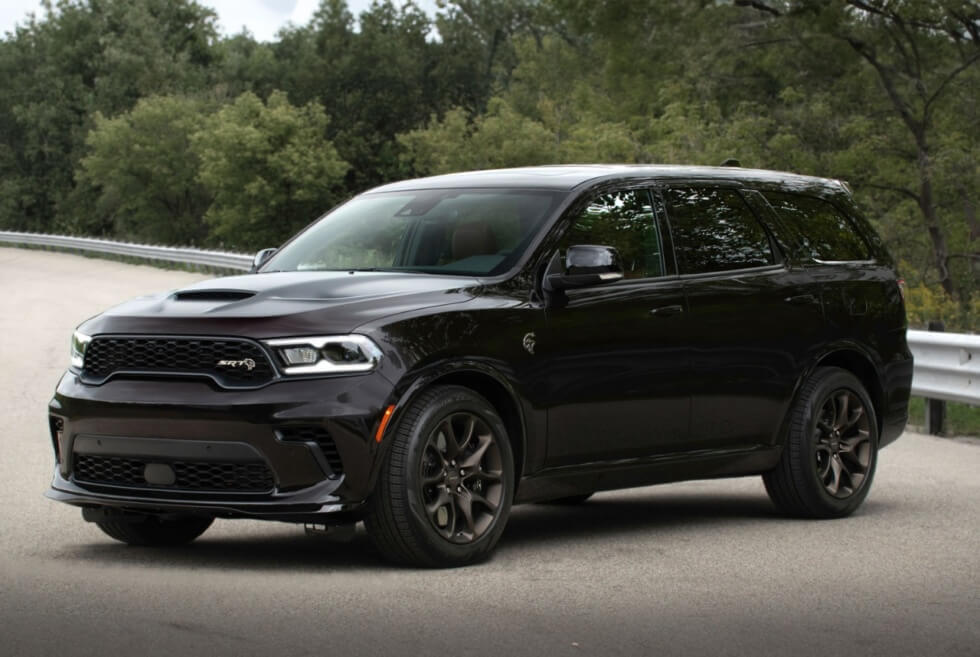

Onitsuka Tiger’s iconic MEXICO 66 is undeniably one of the IT shoes of the moment, cementing its place as a contemporary symbol of cool. Originally designed for running in 1966, it has found itself on the feet of celebrities, blurring the lines between practicality and trend. While it floods our social media feeds for outfit inspiration, it finds itself even further into the fashion spotlight with Onitsuka Tiger’s latest collaboration with Vaquera for Spring Summer 2025, unveiled at Paris Fashion Week.
This collaboration marks a pivotal moment in Onitsuka Tiger’s evolving identity, merging the two seemingly contrasting worlds of Vaquera’s anarchistic design ethos with Onitsuka Tiger’s precision-driven, Japanese craftsmanship. The reinterpretation of the MEXICO 66 are in ways that both uphold and subvert its iconic form where Vaquera, known for upending fashion norms with their downtown New York attitude, injects their irreverent vision into the sneaker, transforming it into a canvas of sexy expression.

The result? Re-styled classics of the MEXICO 66, offered in two striking colourways — silver/off-white and yellow/black in eight Vaquera looks. Handcrafted by artisans in Japan, the distressed finish and foil transfers on the upper echo the lived-in, worn-in feel that’s both nostalgic and new. The words “LOVE” and “RAGE” embroidered on the tongue speak to Vaquera’s signature blend of passion and ambivalence, imbuing the footwear with deeper emotional stakes than one might expect from athletic wear.

Consider look 12, where playfulness and edge shine through the metallic Onitsuka Tiger shoes, complementing a bold black bandeau top paired with a structured mini bubble skirt. Accessorised with a large brown handbag and a baseball cap, this ensemble is bold yet casual, capturing the Vaquera essence.
Closing the show was a show-stopping maximalist look, featuring oversized elements from a regal, gold chain-patterned skirt to an equally dramatic veil. Grounded by a graphic tee, the ensemble perfectly captured the fusion of runway opulence and streetwear sensibility, with the metallic sneakers adding a casual twist to the already lavish look.

This collaboration not only preserves the classic essence of the MEXICO 66 sneaker but also signifies Onitsuka Tiger’s deeper immersion into the luxury fashion realm as the brand matures. By aligning with Vaquera, they have underscored their commitment to redefine its place in the fashion landscape.
This article was first seen on Men’s Folio Singapore.
For more on the latest in luxury fashion and style reads, click here.
The post Onitsuka Tiger Stomps in A New Era Through Vaquera Partnership appeared first on LUXUO.
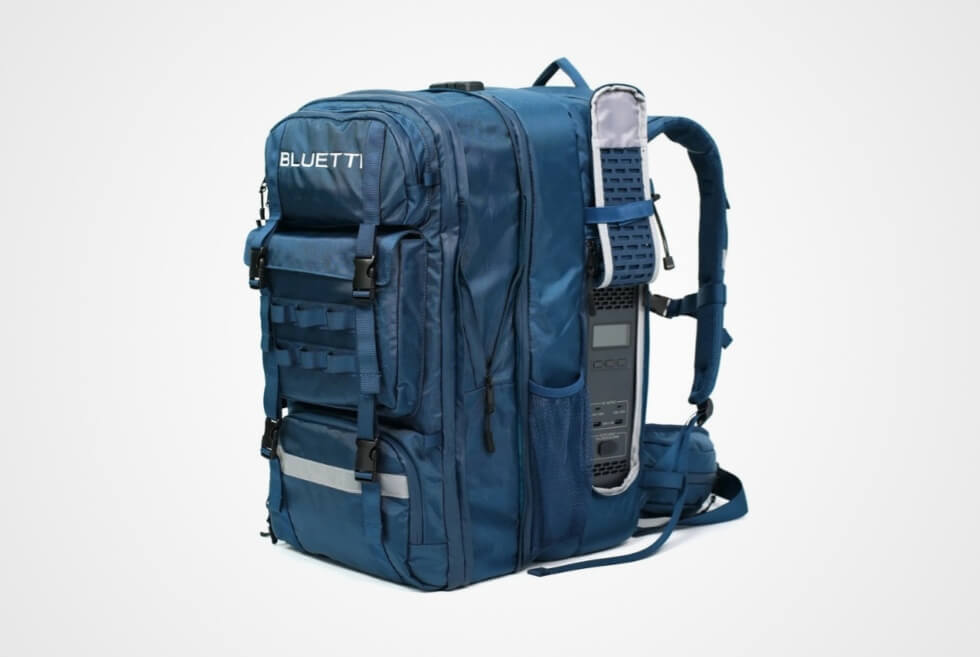
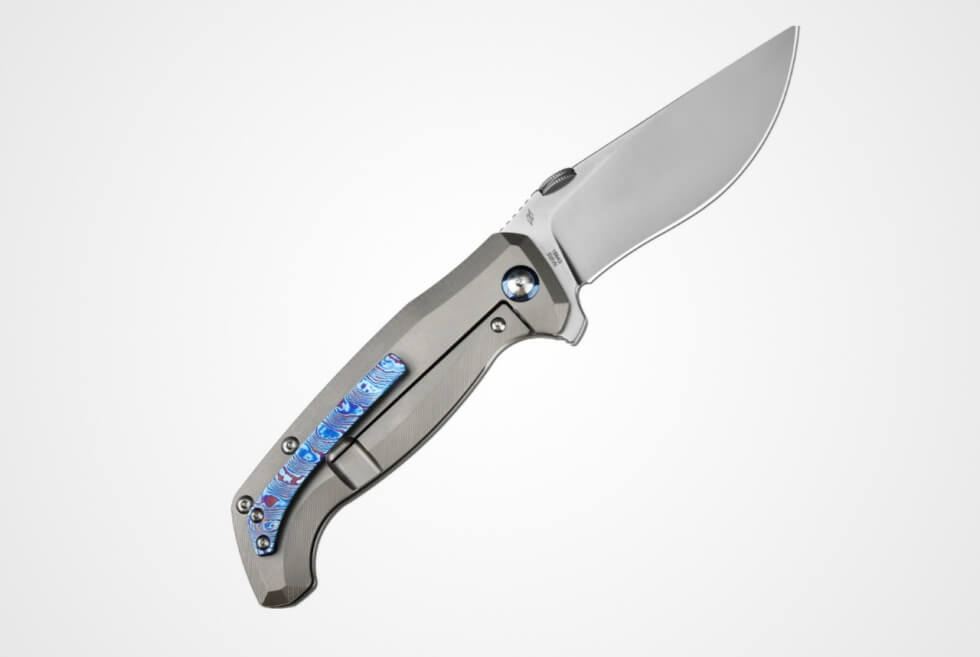

Compact SUVs have become famous for drivers seeking the perfect versatility, style, and performance blend. Whether navigating busy city streets or exploring off-the-beaten-path trails, these vehicles offer unique features that cater to a wide range of lifestyles. This blog will explore what makes compact SUVs such an appealing option, exploring their design, practicality, performance, and value.
Before we dive deeper, let’s establish what a compact SUV is. These vehicles are usually larger than sedans and hatchbacks, offering higher ground clearance and a commanding position. They balance size and functionality and remain ideal for urban and rural adventures.
For example, models like the Hyundai Venue exemplify this balance with their compact form and urban appeal while offering enough rugged features to handle diverse road conditions.

The following are some of the key features you get in a compact SUV:
Rugged Design: Compact SUVs often have a robust and muscular appearance. With a higher bodyline, aggressive grilles, and well-defined lines, they look strong and project confidence on the road.
Interior Comfort: Compact SUVs are designed for comfort and convenience inside. Spacious cabins, ample legroom, and versatile cargo areas ensure drivers and passengers enjoy the journey.
Performance Versatility: Engine options in compact SUVs vary widely, allowing for a rich driving experience. These vehicles cater to different performance needs, from fuel-efficient engines to powerful turbocharged options. The Maruti Fronx, for instance, offers multiple engine configurations, appealing to daily commuters and adventure seekers.

Maximum Practicality: One of the standout attributes of compact SUVs is their practicality. Their design is tailored to meet the needs of diverse driving conditions, making them suitable for various environments.
Elevated Driving Position: Compact SUVs’ higher seating position gives drivers a better view of the road. This feature enhances safety and makes it easier to spot potential hazards, especially in urban settings.
Flexible Cargo Areas: Many models feature rear seats that fold down, making it easy to transport larger items.
Smart Storage Solutions: These vehicles maximise every inch of space, from cup holders to hidden compartments.
Infotainment Systems: Large touchscreens with smartphone connectivity ensure that entertainment is always at your fingertips.
Safety Features: Many models come with advanced safety technologies, such as lane departure warnings, adaptive cruise control, and blind-spot monitoring.

Compact SUVs strike an outstanding balance between agile city driving and off-road capability. Their small size makes it easy for them to park and manoeuvre through crowded city streets. But don’t let their compact dimensions fool you – these little SUVs pack some rugged performance, too! The higher seating position gives you better visibility in traffic. Many models also have smooth suspensions and responsive handling to keep your daily commute comfortable.
Take your compact SUV off the beaten path when the weekend comes around! Increased ground clearance means you won’t bottom out on rocks or ruts. Advanced traction control helps maintain grip on loose or slippery terrain. You’d be amazed where these compact SUVs can take you – they have the power and clearance for light off-roading and camping trips.
So, compact SUVs are a versatile choice if you want one vehicle that effortlessly transitions from urban commutes to weekend adventures. Their blend of agile driving dynamics and rugged capability makes them ready for wherever the road takes you!

Compact SUVs offer the best of both worlds for drivers seeking versatility. Their smartly designed interiors provide comfort and convenience for daily commuting and road trips, while their rugged performance easily handles off-road adventures.
Compact SUVs maximise interior space while maintaining a manoeuvrable size for urban environments. With substantial value across multiple models, they offer an unmatched blend of practicality, capability, and style. Compact SUVs check every box if you’re looking for a vehicle that can do it all.
For more on the latest in luxury automotive reads, click here.
The post Compact SUVs: Maximising Space and Performance for Urban and Off-Road Adventures appeared first on LUXUO.

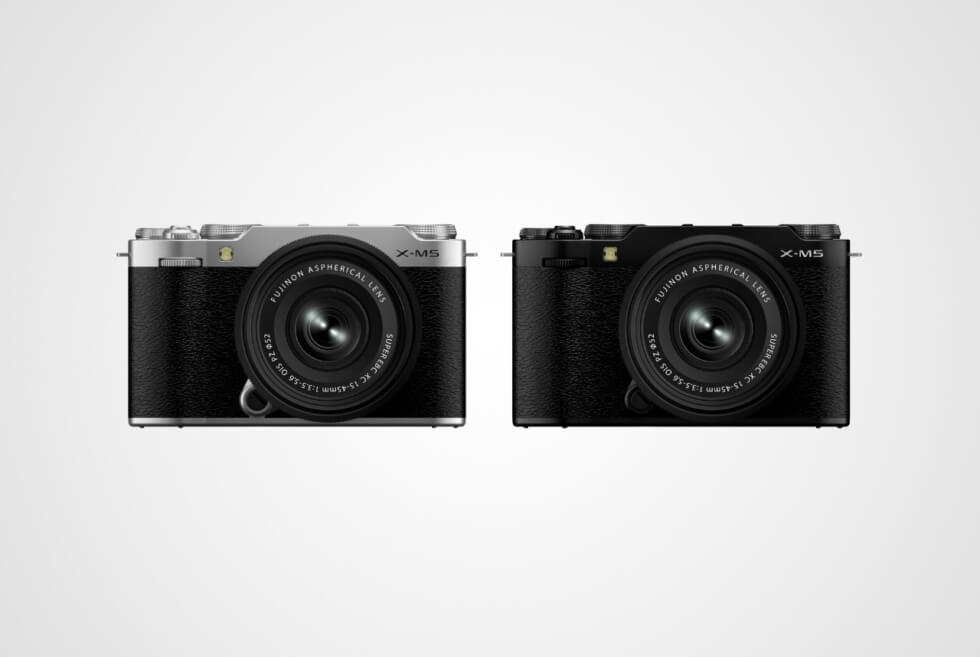
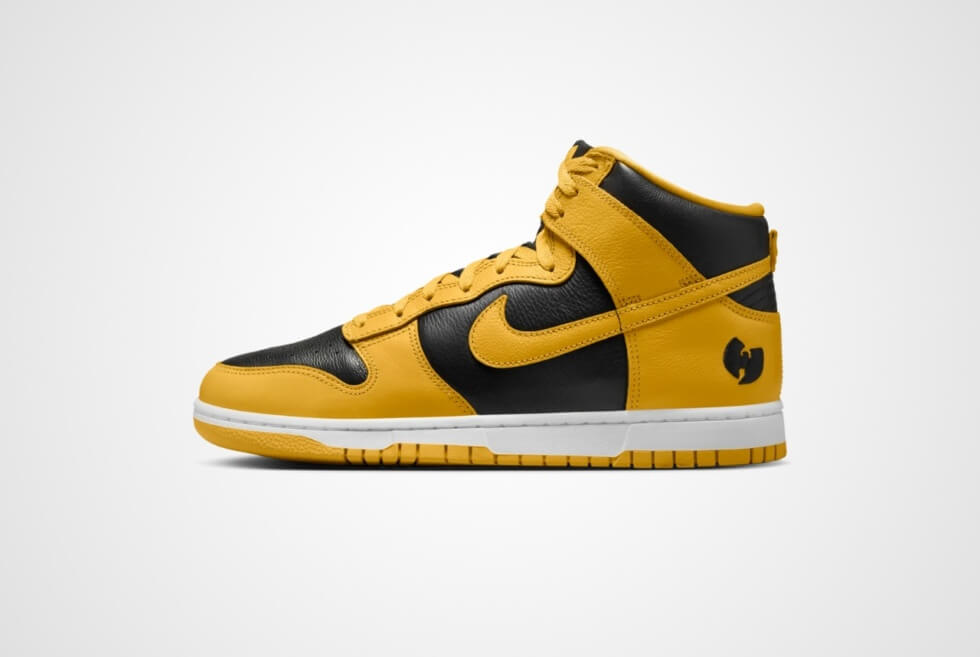
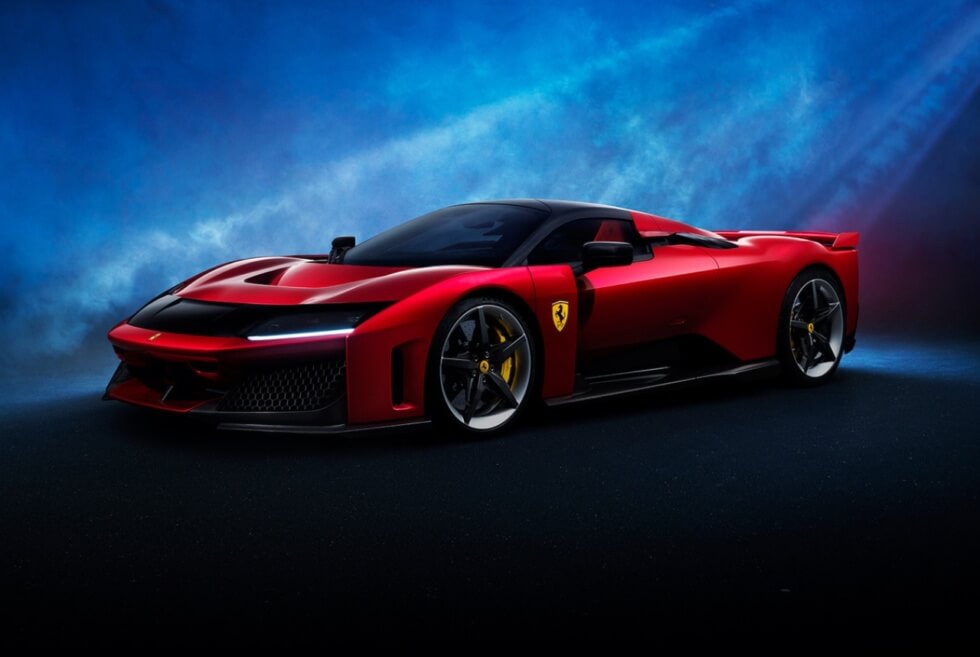



Sunreef Yachts was recently commissioned to build two Sunreef 100 Eco superyachts, both sailing catamarans ordered by repeat customers. One of the commissioned vessels is scheduled to be delivered to Europe in late 2025, and the other to the Americas in 2026.
The Polish shipyard is pioneering a sustainable revolution in the superyacht world, with a growing global interest in large, eco-responsible catamarans.
The Sunreef 100 Eco was designed to provide an emissions-free cruising experience in complete silence and luxury. Using green high-tech solutions developed in-house by Sunreef, both 100 Eco catamarans will feature composite integrated solar panels, maximising solar power generation.
With custom-engineered batteries and state-of-the-art electric engines, the Sunreef 100 Eco is designed to offer hours of e-motoring with no fumes or vibrations, and offer a smooth experience under sail, while the yacht’s hydro-generators will provide a steady supply of green energy. These elements help achieve a 2,000-nautical-mile range for the 100 Eco.
One of the catamaran’s standout features is her invisible aft garage that can stow a jet ski and a collection of water toys. Another key feature is the vast Ocean Lounge combining the aft platform and fold-down balconies. Dedicated to sunning, lounging and watersports, the lounge provides direct access to voluminous toy storage and diving gear.
With cutting-edge green tech and imposing living space, the Sunreef 100 Eco is the essence of sustainable superyacht design. This bespoke all-electric luxury craft joins Sunreef’s Eco range of sail catamarans alongside the 50 Eco, 60 Eco, 70 Eco and 80 Eco.

Fitted with twin 270kW electric engines, the Sunreef 100 Eco offers a sustainable yachting experience with ultralight, high-performance batteries as well as Sunreef’s proprietary solar power system. Because of the shipyard’s award-winning technology, the craft can welcome up to 242.5sqm of composite-integrated solar panels, generating up to 46kWp.
Following the Sunreef Yachts Eco philosophy, the 100 Eco offers a variety of responsibly sourced or recycled finishing materials and an ultramodern, energy-saving air-conditioning system.
Sunreef’s Eco catamarans are the result of a 360-degree approach to eco-responsible cruising. They offer cutting-edge green propulsion solutions, naturally-sourced finishing materials, smart energy management, and new technology that includes the proprietary composite-integrated solar power system produced in-house to power the Polish builder’s newest range of solar catamarans.
Their design also incorporates wind-generators, non-toxic bottom paints, green composite structures, as well as state-of-the-art watermakers and water-saving systems.
Sunreef’s electric catamarans have the option to be equipped with ultramodern hybrid propulsion systems. Besides significantly reduced CO2 emissions, hybrid engines take eco cruising to the next level by combining the best of electric motoring with the advantages of thermal (heat-generated) engines.

Hybrid engines not only offer reliable propulsion, but can also be used to recharge the yacht’s battery bank for even more energy-efficiency. Relying on wind as an essential source of propulsion is the most natural way to think about yachting. Sunreef’s sailing range of electric catamarans offer top-quality rigging and fully recyclable performance sails.
Wind can be a precious support when it comes to motoryacht propulsion. The shipyard’s range of eco-friendly power yachts can be fitted with high-performance kites to also harness wind propulsion. Frequently used for towing large container ships, kites are an extremely powerful support for leisure craft.
When under electric motor propulsion, all Sunreef yachts are energy efficient due to advanced hulls designed in tandem with realistic computer simulation scenarios at the shipyard. Here adjustments to the hydrodynamics and aerodynamics are part of the development of every model’s hull.
Engineers are constantly optimising hulls for more energy efficiency, seaworthiness and performance in various sea conditions.

Weight optimisation is crucial for energy-efficient yachts; Sunreef’s Eco catamarans can be built using light carbon fibre to reduce the overall yacht weight and increase the energy efficiency. Carbon is used for masts, booms, and structural reinforcements.
Light lithium battery banks on board are smartly placed to minimise the impact on the yachts’ movement at sea, and solar panels installed are the world’s lightest solar-power system.
To reduce energy consumption on board, Sunreef’s yacht range features well insulated interiors, using sustainable insulation materials, helping maintain stable temperatures in interior living spaces, which can retain heat and cold equally well. The silent smart air-conditioning system is battery powered.
Smart energy management is essential on board an energy-efficient yacht. To be able to maintain all house loads and air-conditioning throughout the day with only a minimum use of the generator, a yacht needs to find the perfect balance of energy production and consumption.
Sunreef Eco catamarans achieve that due to smart engineering and very efficient lithium battery packs that can be easily recharged across the globe in varying voltage ranges. A special eco mode is currently being developed by Sunreef’s R&D department for even less energy consumption.

Fresh-water generation is essential for sustainable cruising. Thanks to highly efficient watermakers and an advanced purification system, Eco yachts can enjoy unlimited access to fresh water, helping avoid the use of plastic bottles on board.
The yacht’s boiler can be heated with the help of heat obtained from solar panels or an inverter-powered heater, and a rain-collection system saves water for washing the deck.
Sunreef’s Eco catamarans can feature basalt and linen-bases in the production of hulls, superstructures and yacht furniture. A hard, dense rock of volcanic origin, basalt is a sustainable base ingredient.
Basalt fibre not only outperforms glass fibre in terms of strength but is also environmentally safer to produce as no greenhouse gases are released during its fabrication process. It presents no toxic reaction with air or water, is non-combustible and is explosion-proof.
Linen fibre is another natural component used in the Eco range building process. Produced from flax, the strongest and stiffest natural fibre, it is non-toxic, safe to produce and has a minimal carbon footprint.

For its ecologically-conscious yacht design, Sunreef uses fine responsible materials without any compromise on luxury. Eco catamarans reduce the use of animal skins by offering a variety of natural fabrics and alternatives to genuine leather. Interior floors can feature advanced hardwood flooring systems or reclaimed teak salvaged from old houses, boats or other wooden structures.
Compressed paper-based materials can be used for countertops to obtain weight-efficient, solid and practical surfaces. This innovative solution not only provides for a luxury finish but is also very easy to repair, as scratches can be quickly removed by applying heat.
Cork-based decking is also an option, a green and fully recyclable alternative to traditional teak. Reusable and recyclable non-PVC-based synthetic teak is also offered for decking.
Non-toxic, silicon-based hull-bottom paints provide efficient protection against marine growth while offering a very low surface roughness. Slick, impermeable and highly durable, they significantly reduce drag, which leads to increased performance as well as smarter energy management.

Sunreef’s Eco sustainable yachts offer fully recyclable sails, pairing great performance and a responsible approach to the environment. Recycled sailcloth gains a second life, transforming into durable bags and accessories.
“The Sunreef 100 Eco is an outstanding electric superyacht,” Francis Lapp, Sunreef’s founder and President, told Yacht Style. “She combines massive living space with smooth sailing and modern green tech.
“She would be a great pick for the Asia-Pacific, especially in Australia and New Zealand, where Sunreef gains more and more attention. We have a strong local dealership there, and we feel the customers are genuinely interested in our new catamarans.”
sunreef-superyachts.com
sunreef-yachts-eco.com
This article was first seen on YachtStyle.co
For more on the latest in luxury yachting news and reads, click here.
The post Sunreef’s Eco-Conscious Super-Cats in Demand appeared first on LUXUO.

Leading contemporary art investment gallery Art Works, is where breathtaking artistry converges with a broadening global reach. In showcasing up and coming artists, handpicked and curated by Global Fine Arts Director Cassi Young, Art Works brings new perspectives, nurtures promising creative forces and gives new life to art beyond the emerging artists. Located at One Holland Village, Art Works Gallery continues its visionary mission to support the promising careers of exceptional young talents with an upcoming exhibition dubbed “Perception” — featuring the likes of London-based artists Araminta Blue, Callum Harvey and Max Boyla.


That being said, LUXUO had the opportunity to attend the opening night of Art Works Gallery’s “Perception” exhibition, along with Cassi Young and her dedicated Art Works team, featured artist Araminta Blue and over 80 of Singapore’s knowledgeable art collectors. The sophisticated space was abuzz with discussion amongst mingling guests and the walls spotted with the spectacular works of none other than young talents, Araminta Blue, Callum Harvey and Max Boyla. The skilled brushstrokes of the visionaries were put on display to showcase their distinct response of how they articulate reality through their unique practice and challenge conventional notions of form, space and meaning.

A panel discussion was held with Art Works global fine arts director Cassi Young and featured artist Araminta Blue, hosted by Heart Media CEO Olivier Burlot. With experience as the former Director of Post-War & Contemporary Art at Bonhams, Cassi Young’s unparalleled expertise is a huge asset in meeting the rapidly growing demand for fine art in Singapore and APAC markets. Young’s insightful advice to individuals looking to start collecting — she stressed the importance of being well researched as well as speaking to knowledgeable art advisors to fully immerse oneself in the art world and to navigate the multi-dimensional world of art.



Araminta shared insights into her creative process, highlighting her passion for discussing different interpretations with those who view her art. She mentioned how these conversations inspire her future projects. Additionally, she elaborated on her conversation with the two other featured artists Callum Harvey and Max Boyla, all of whom placed much importance having the art “exist in the room with you”. In admiring the material in person, it is easier for individuals to establish an emotional connection with it.
Perception will run from 24 October to 24 November 2024 at Art Works Gallery, One Holland Village, 7 Holland Village Way, Singapore.
Visit artworks.com.sg for more information.
For more on the latest in art and culture reads.
The post Art Works Gallery Welcomes Visitors to the Perception Exhibition appeared first on LUXUO.